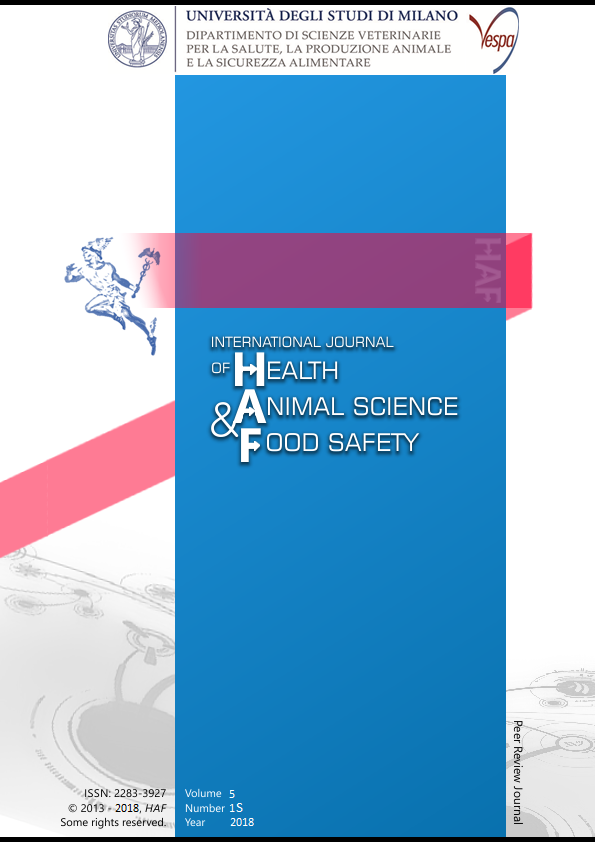Abstract
MicroRNAs (miRNAs) are a class of short non-coding RNA, which interact with the 3’ UTR region of complementary mRNA to decrease or inhibit the translation of proteins (Lai, 2002). MiRNAs regulate pathways in various pathophysiological status, and are regarded as biomarkers for early diagnosis of several diseases, including cancer (Di Leva et al., 2014).
The study aims to evaluate the quality and purity of miRNAs extracted from a) 11 archival Formalin Fixed and Paraffin Embedded (FFPE) samples of Mast Cell Tumour (MCT) at stage I, II, III and IV, and 8 intra-patient healthy controls; b) samples collected during surgery, including 6 samples of saliva, primary tumour biopsy and serum/plasma. The quality of miRNA largely influence the downstream experiments, and must be carefully evaluated before performing for examples, the sequencing reaction. MiRNA extraction was carried out using commercial kits (Qiagen) and quantify using Small RNA Kit (Agilent) on Agilent 2100 Bioanalyzer. The results showed that the concentration of miRNAs from FFPE, saliva, primary tumor biopsy and serum was acceptable with a Median (Me)= 56,91 ng/ml, Me=10,30 ng/ml, Me=3,44 ng/ml and Me=0,71 ng/ml, and a miRNA/Small RNA ratio of 48%, 61%, 17% and 76%, respectively. The concentration of miRNAs from plasma was not detectable. Studies reveal that plasma ranks as the first choice source for diagnostic purpose, much more than serum (Aung et al., 2014), but the debate remains open and subsequent analyses are needed.
The concentration of miRNAs from FFPE and saliva samples is higher than that from other matrices. Possible explanations include a) different quantity and quality of starting materials; b) nucleic acids fragmentation, due to the formalin fixation and paraffin embedded procedure; c) presence of nucleases in saliva, which produce small fragments recognized as miRNAs or smallRNAs.
In conclusion, the quantity and the purity of miRNAs, obtained using Qiagen commercial kits, are reliable for further NGS analysis.
Riferimenti bibliografici
Aung, K.L., Donald, E., Ellison, G., Bujac, S., Fletcher, L., Cantarini, M., Brady, G., Orr, M., Clack, G., Ranson, M., Dive, C., Hughes, A., 2014. Analytical validation of BRAF mutation testing from circulating free DNA using the amplification refractory mutation testing system. The Journal of Molecular Diagnostics. 16(3), 343-349.
Di Leva, G., Garofalo, M., Croce, C.M., 2014. MicroRNAs in cancer. Annual Review of Pathology. 9, 287-314.
Lai, E.C., 2002. Micro RNAs are complementary to 3' UTR sequence motifs that mediate negative post-transcriptional regulation. Nature Genetics. 30(4), 363-364.
This work is licensed under a CC BY-SA 4.0 international

